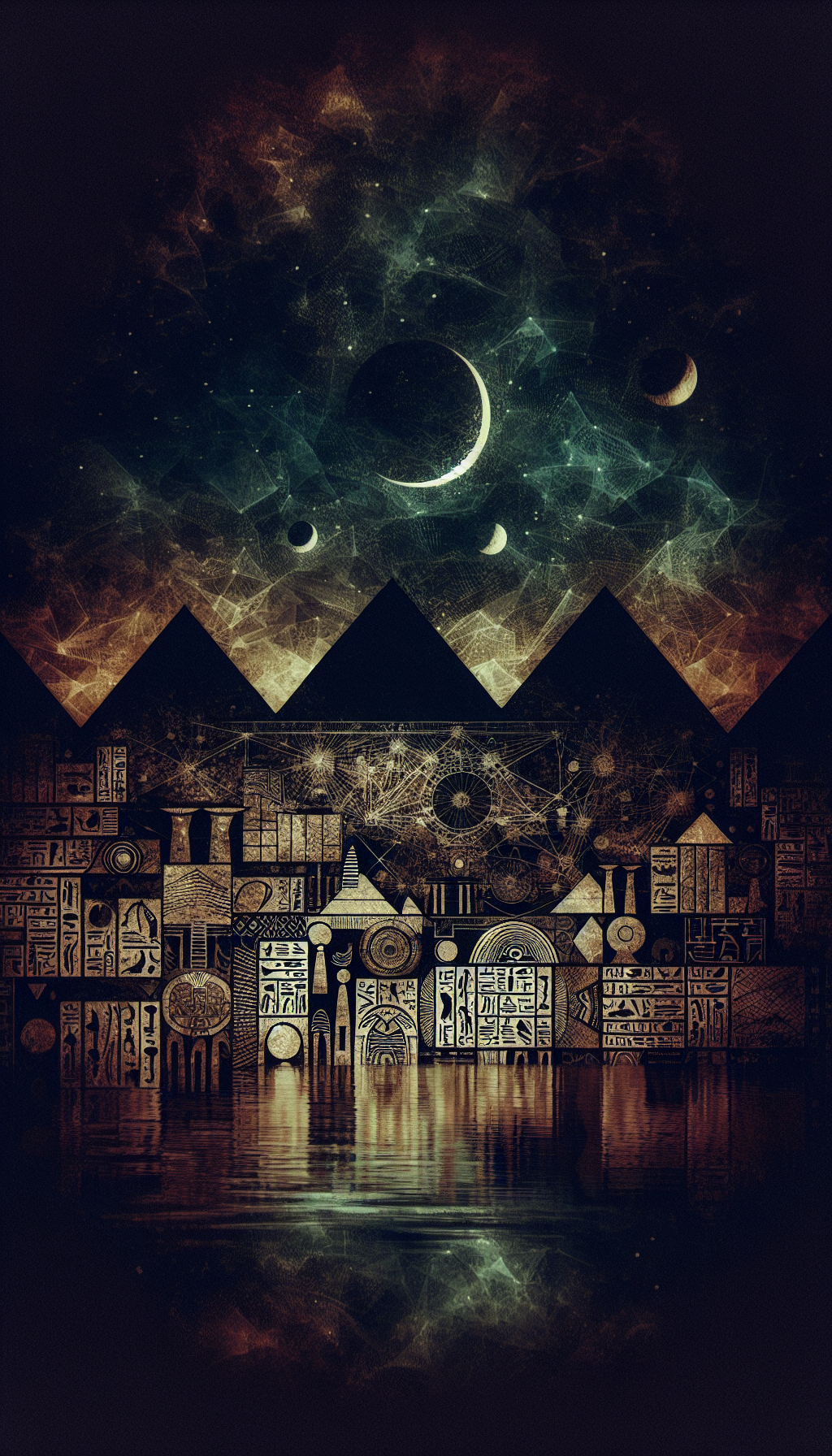Wayne Thiebaud B 1920 Country City Limited Edition Print
Wayne Thiebaud (b. 1920 – 2021) remains one of the most admired American painters and printmakers of the last century. Collectors prize his limited edition prints for their rigorous craftsmanship, luminous color, and uniquely American subjects—cakes, counters, vertiginous city streets, and the flatlands of California’s Sacramento–San Joaquin Delta. Among the landscapes associated with this period is “Country City,” a title that neatly encapsulates Thiebaud’s fascination with the meeting point of rural geometry and urban grids.
This guide is written for appraisal-minded readers: it explains what “limited edition print” means in Thiebaud’s practice, how to authenticate a “Country City” impression, which technical clues and condition factors drive value, and how to position the work in today’s market.
Overview: Wayne Thiebaud and the “Country City” Theme
- Artist: Wayne Thiebaud (born 1920; died 2021), often linked to Pop art but more accurately situated in an American realist tradition inflected by formalist concerns.
- Subject: The title “Country City” corresponds to Thiebaud’s long-standing exploration of built environments bisecting natural or agricultural space—think gridded streets edging fields, terraced urban slopes, or broad riverine flats interrupted by infrastructure. He distilled these views to strong shapes, stacked perspectives, and saturated, sometimes unexpected, color harmonies.
- Medium: Thiebaud produced editions across multiple print processes, most notably intaglio (etching, aquatint, drypoint) with Crown Point Press, and lithography with fine art workshops. The specific medium for a given impression of “Country City” must be verified on the sheet by technique and publisher documentation.
- Period: Landscape/urban topography prints by Thiebaud are frequently encountered from the mid-1970s through the 1990s, overlapping with his mature painting series on hills, flats, and delta views.
If you’re evaluating a work described as Wayne Thiebaud “Country City” (Limited Edition), the key is matching its physical facts—technique, paper, signature, editioning, and dimensions—to known, catalogued examples.
How to Authenticate: Signature, Edition Marks, Paper, and Chops
- Signature and Date
- Expected location: Graphite signature “Thiebaud” typically at lower right margin, with a clean, confident hand. The date often follows the signature (e.g., “Thiebaud 1988”), but can also appear near the title or on a verso label.
- Telltale signs of authenticity: Soft pressure variations from a pencil signature; not a flat, printed facsimile. If the “signature” disappears under magnification into dots, it’s likely a reproduction/poster.
- Edition Fraction and Inscriptions
- Edition: Lower left margin usually bears a fraction (e.g., 12/50). Thiebaud editions tend to be modest in size, often in the few dozens to around 100, depending on process and publisher.
- Proofs: You may encounter AP (Artist’s Proof), TP (Trial Proof), BAT (Bon à tirer), PP (Printer’s Proof), or HC (Hors commerce) notations. These are valid but usually rarer than numbered impressions. Proofs can carry premiums if they correlate to documented workshop records.
- Titles
- Placement: Titles may be inscribed in the center or lower left margin in graphite, or occasionally appear only on a label from the publisher or gallery.
- Consistency: Confirm the exact wording—“Country City”—and compare against authoritative references. Variants, suites, or working titles can exist, but they must align with publisher/raisonné details.
- Paper and Watermarks
- Papers: Thiebaud prints are commonly found on high-quality wove sheets like Rives BFK, Arches, or Somerset.
- Watermarks: Hold the sheet to light to find the watermark. A correct watermark for the period and workshop is a strong supporting detail.
- Edges: Deckle edges are common. Sheet size should be compared to cataloged measurements (allow for minor trimming from framing).
- Printer/Publisher Blindstamps and Impressions
- Crown Point Press: Many Thiebaud intaglios carry the Crown Point Press blindstamp. Study the chop marks’ placement and style; they should be crisp, embossed, and consistent with known workshop chops.
- Other workshops: Thiebaud also collaborated with notable lithography and fine-print studios. A legitimate blindstamp or workshop notation is a crucial provenance marker.
- Technique Clues
- Intaglio (etching/aquatint/drypoint): Look for a plate mark—a rectangular indentation around the image from the copper plate. Aquatints present fields of tonal grain; drypoint can show velvety burr along lines.
- Lithography: No plate mark; the image sits flatter. Grease-pencil textures and smooth tonal gradients are typical.
- Screenprint: Thiebaud made fewer in this process; if present, colors appear as opaque, layered flats with clean edges and occasional slight registration variances.
- Avoiding reproductions: Offset posters reveal halftone dot patterns under 10x magnification. Giclée reproductions (inkjet) show microscopic droplets and lack true intaglio emboss or lithographic tactility.
- Documentation and Provenance
- Bills of sale, gallery labels, original publisher certificates, and exhibition histories add confidence.
- Match dimensions: Record three measures—image, plate mark (if any), and full sheet. Compare against reliable catalog entries.
Edition and Medium: What to Expect for “Country City”
Because Thiebaud issued work across multiple processes, confirm the following for the specific “Country City” you’re assessing:
- Medium declaration: The margin, a verso label, or accompanying documents should indicate the process: “color aquatint and drypoint,” “color lithograph,” etc. If absent, an experienced print specialist can identify the method within minutes using a loupe and raking light.
- Edition size: Thiebaud’s editions commonly range from about 30 to 100 impressions; earlier lithographs can be larger. Proofs and special states exist in smaller numbers.
- Colorways and states: For intaglio prints, workshop records may list trial proofs or variant inking (“state” changes). Ensure the impression’s colors and lines match a documented state unless you have verifiable proof of a unique variant.
- Notations: A “BAT” impression—the printer’s standard reference—can be desirable, but only when the notation is legitimate and traceable to the workshop.
If your “Country City” lacks a discernible plate mark yet is described as an etching, or shows a suspicious blindstamp that isn’t consistent with known workshop chops, take it as a red flag and seek an expert opinion.
Condition Factors That Drive Value
Works on paper are vulnerable. Appraisers weigh condition heavily, and small issues compound when multiple are present.
Common condition points for Thiebaud prints:
- Light exposure and fading: Excessive UV can mute Thiebaud’s distinctive colors. Compare protected margins under the mat to exposed areas.
- Mat burn and toning: A brown halo along the window cut indicates acidic matting; uniform overall discoloration is general toning.
- Foxing: Rust-colored spots from mold/impurities, especially in humid climates.
- Handling creases and pressure marks: Look along margins and corners, especially where prints were hinged or touched.
- Abrasions and scuffs: Gently rake light across the surface to spot sheen changes.
- Paper losses and edge tears: Deckle edges sometimes mask small nicks; note any structural tears near hinges.
- Stains and adhesive residues: Old mounting tapes can leach discoloration.
- Printer’s creases and plate scratches: Some minor workshop anomalies can be inherent; distinguish these from post-print damage.
- Over-trimming: If the sheet has been cut down significantly, value can drop even if image area is intact.
Conservation notes:
- Many issues (surface grime, non-structural foxing, mat burn) are treatable by a qualified paper conservator. Retain all original margins when possible, and reframe with museum-grade, UV-filtering materials.
Market and Valuation: How “Country City” Fits
Wayne Thiebaud’s market for prints has been robust, especially for iconic subjects (cakes, counters, steep streets) and crisply preserved impressions with strong provenance. Landscape/topography images—particularly those that display his signature aerial/staked perspective and glowing palette—are also in consistent demand.
Key value drivers:
- Subject: Recognizable Thiebaud themes command premiums. A “Country City” that clearly expresses his stacked space and luminous fields is likely desirable.
- Medium and edition size: Color intaglio and color lithographs generally outperform monochrome prints; smaller editions can be more sought-after.
- Condition: Bright, unfaded color and full margins matter. Even well-restored works appraise below pristine examples.
- Provenance: Direct ties to a reputable publisher, gallery, or early exhibition help. Certificates and invoices support confidence.
- Date and period: Mature-period prints and those closely related to important paintings can trade at higher levels.
- Rarity and proof status: Documented proofs (AP, BAT) with workshop validation may carry premiums.
Indicative ranges:
- Thiebaud limited edition prints commonly range from mid-four figures to the high five figures at auction and retail, with outliers surpassing that when subject, condition, and rarity align. Because “Country City” is not among the most ubiquitous cake-counter images, anticipate pricing to hinge on edition size, medium, and visual strength rather than name recognition alone.
Always anchor your estimate to recent, comparable sales of the same image, in the same medium and condition, and adjust for differences in edition number, proof status, and provenance.
Buying, Selling, and Documentation Tips
- Verification first: Before making an offer or consignment, verify medium, editioning, signature, and publisher marks against authoritative references. Request high-resolution images of the signature, edition fraction, chops, and watermark.
- Measure correctly: Provide image, plate mark (if present), and full sheet dimensions in millimeters. Note deckle edges and any trimming.
- Ask about framing: If framed, request a condition report and whether UV-filter glazing and acid-free materials were used. Budget for reframing if not.
- Keep the paper safe: Store flat in archival folders if unframed. Avoid basements, attics, or any area with fluctuating humidity.
- Insure appropriately: Once authenticated, insure based on recent comparable sales and review coverage for works on paper.
Practical Checklist for Appraisers and Collectors
- Confirm title as “Country City” and cross-check against cataloged examples.
- Identify the medium (intaglio, lithograph, etc.); verify with a loupe and raking light.
- Locate and assess the graphite signature “Thiebaud” and date.
- Record edition fraction and any proof annotations (AP, TP, BAT, PP).
- Find and photograph workshop blindstamps and paper watermarks.
- Measure image, plate mark (if any), and full sheet; note deckle edges.
- Inspect condition: color freshness, foxing, mat burn, creases, tears, losses.
- Review provenance: invoices, certificates, labels, exhibition history.
- Compare to recent sales of the same print; adjust for condition and proof status.
- If in doubt, obtain a written opinion from a print specialist or paper conservator.
FAQ
Q: Is every “Country City” by Thiebaud an etching? A: Not necessarily. Thiebaud worked across multiple print processes. Identify the specific technique of your impression before appraising.
Q: My piece has a signature, but it looks printed. Is it authentic? A: Authentic Thiebaud editions carry a graphite signature with visible pencil strokes and pressure variation. A flat, dotted “signature” is likely part of a reproduction or poster.
Q: How important is the workshop blindstamp? A: Very. A correct blindstamp and watermark consistent with the declared medium and time period provide strong corroboration. Mismatched or missing chops warrant closer scrutiny.
Q: Does an Artist’s Proof (AP) have more value than a numbered impression? A: Often, but not always. APs can carry modest premiums when documented. Condition and subject typically have greater impact on value.
Q: Can conservation improve value? A: Professional conservation can stabilize and improve appearance, but even well-treated works may appraise below untouched, excellent examples. Document any treatment for transparency.
By approaching “Wayne Thiebaud — Country City” with methodical verification—medium, signature, editioning, paper, chops, and condition—you’ll align your appraisal with best practices and current market expectations, ensuring both accuracy and confidence in valuation.



